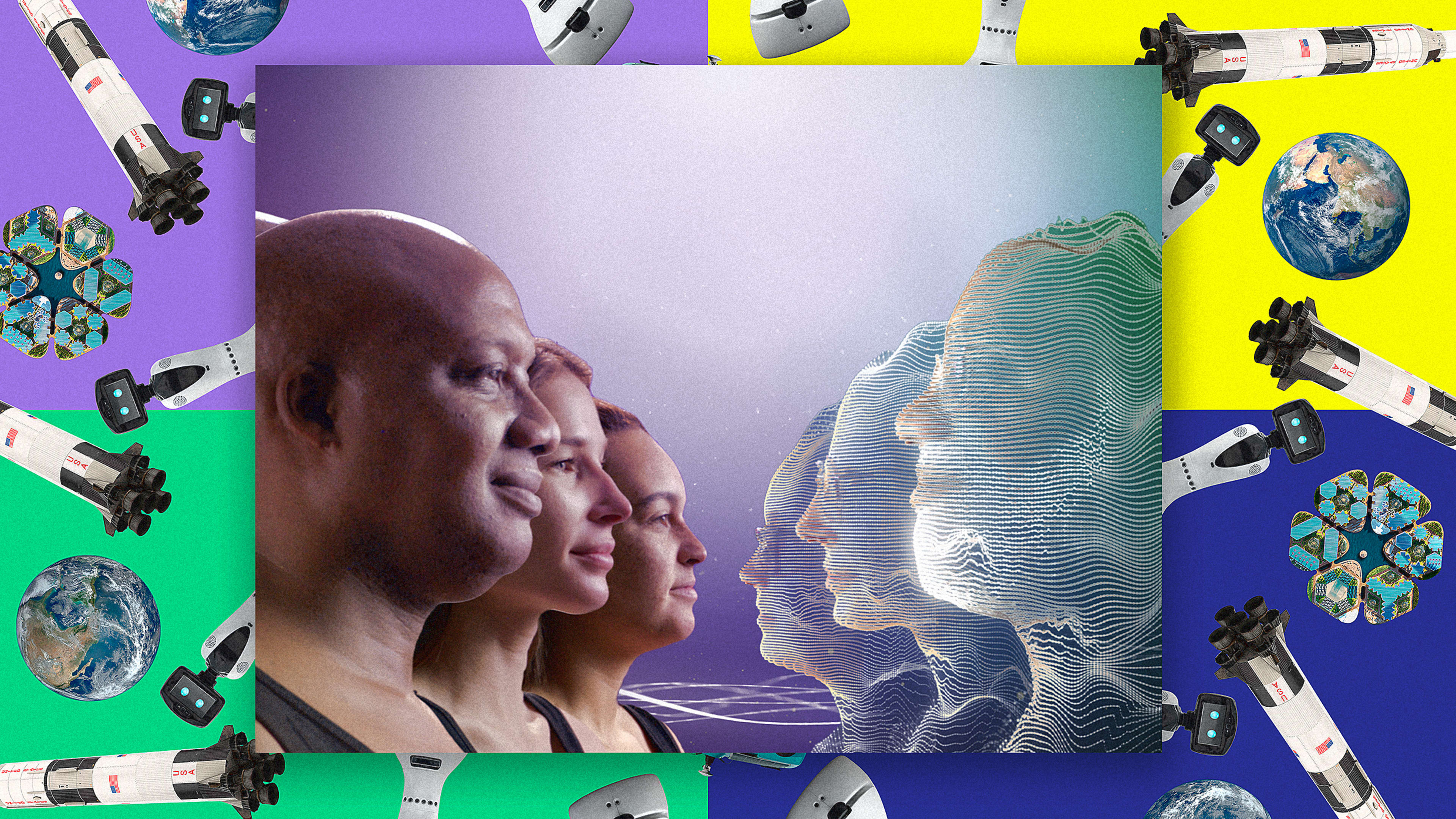I’m staring at a video of myself, 30 years from now: My smile lines are more pronounced, my cheeks are slightly puffier, and I look a bit like my mom. “I can’t believe it’s really you,” Future Me says on my computer screen. “Sorry to shock, but even with technological advances in my time, humans are still aging,” she adds, before proceeding to paint me a picture of what the world looks like in 2050.
Back in November 2021, the Arts and Industries Building in Washington, D.C., hosted a striking exhibition called Futures. Boasting 150 objects, ideas, and technological innovations collected from 23 Smithsonian museums and research centers, the exhibition’s goal was to help visitors conjure up a concrete vision of what lies ahead—and increase their sense of agency. The exhibition closed in July this year, but parts of it are now living online, in the form of an experiment called Your Future Guide. Instead of recycling the contents of the exhibition into a drab website, or one of those miserably slow and buggy virtual tours, the museum partnered with ad agency Goodby, Silverstein & Partners to translate the content into a curious experience that helps people project themselves into the future and visualize their own world in 2050.
Before I go any further, I should note that the fully personalized experience—with your own aged avatar—isn’t available to the public. In other words, you have until September 30 to peek into your own future (the experience will then disappear from the web), but instead of being guided by your own aged self like I was, you’ll be guided by a random person. That’s because current technology requires too much server power for something like that to run across many devices at once—only a dozen VIPs even got to experience it. But even without yourself to guide you, the concept offers a fascinating new way to connect with people from afar, whether that’s for museums looking to reach a bigger audience, or educators looking for more engaging, immersive ways to teach.
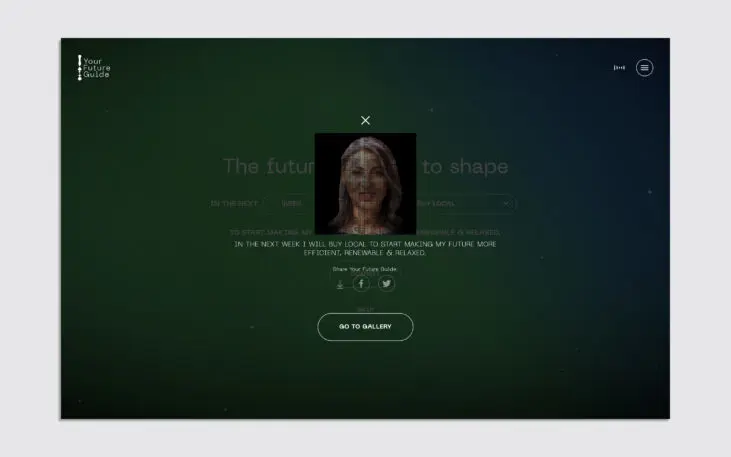
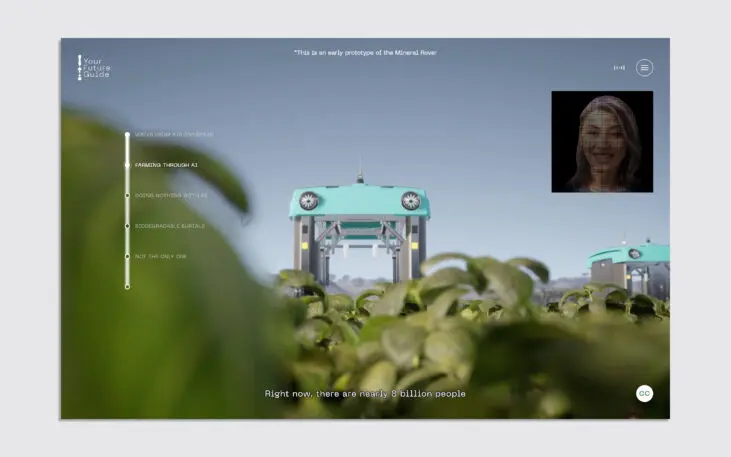
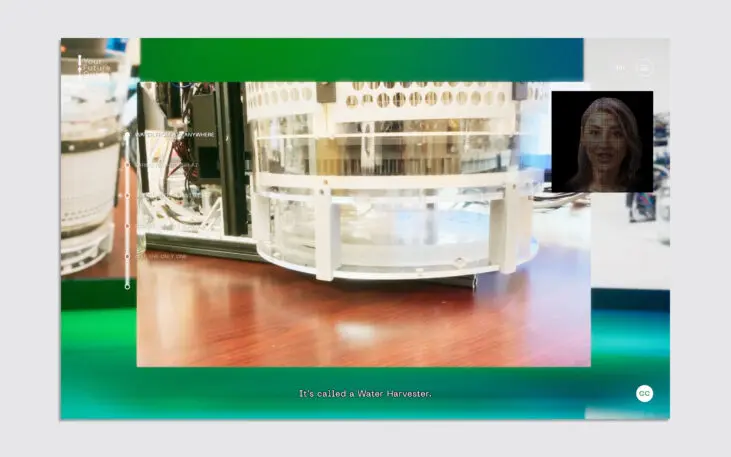
I must admit I wasn’t hooked until the very last moment, when Future Me prompted Present Me to make a pledge. (I committed to reducing my use of plastic over the course of the next year.) “There are many possibilities for what the future can be, and our choices impact everything, so let’s both commit to something that helps make it what we want,” Future Me said. “I know you can do it because I know you better than anyone.”
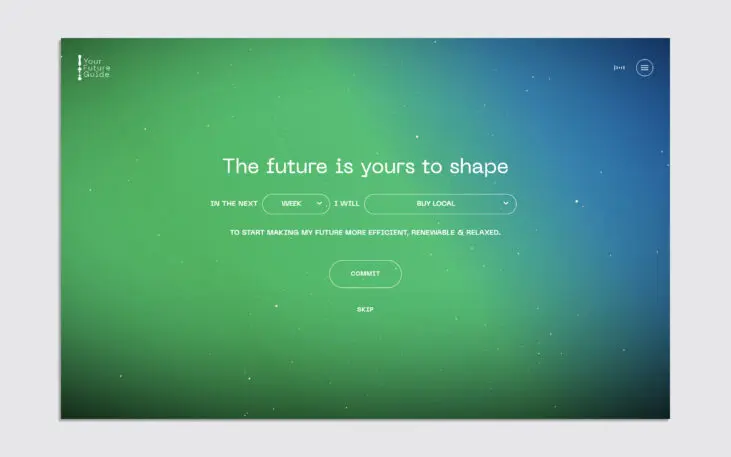
Of the 625,000 people who visited the Futures exhibition during its run, she says 83% of visitors said they were able to imagine a better future, and 80% of visitors said they were inspired to take direct and concrete action to build the future they want to live in. Whether or not those pledges will turn into action is the million-dollar question, but with Your Future Guide, the museum is hoping it can motivate even more people from afar.
Similar techniques—whereby exhibition content is translated into fun and engaging online experiences—could prove particularly useful for cultural institutions looking to make content more accessible. This could mean “bite-size,” game-like experiences that meet people where they are, and “where they are is in their living rooms,” says Goslins. “If we don’t get it right, we’re going to lose people and become less relevant.”
In the end, Your Future Guide was intended as a provocation. But as the technology becomes cheaper and easier to use, Goslins sees opportunities that transcend museums, like online education experiences designed to foster more personal and emotional connections. “The for-profit world does this so well, it sucks people in and gets them addicted to online content,” she says. “I want the cultural and nonprofit world to be as innovative in that area.”
Recognize your brand's excellence by applying to this year's Brands That Matters Awards before the early-rate deadline, May 3.
